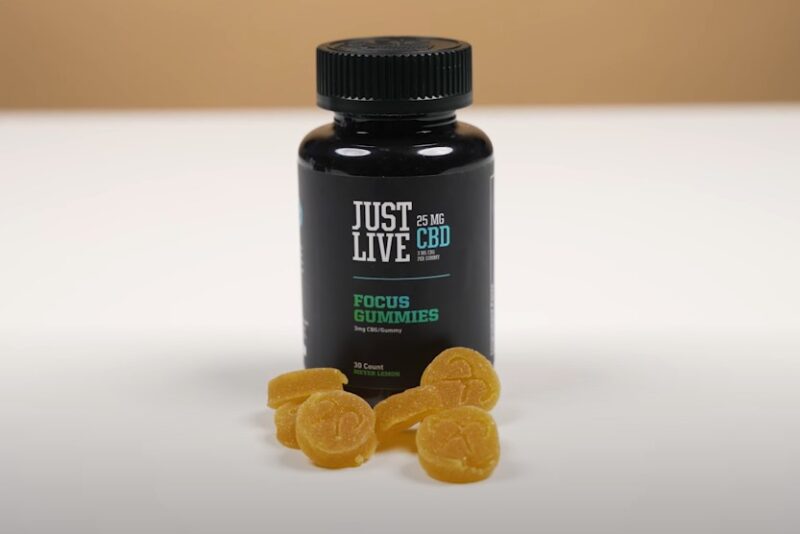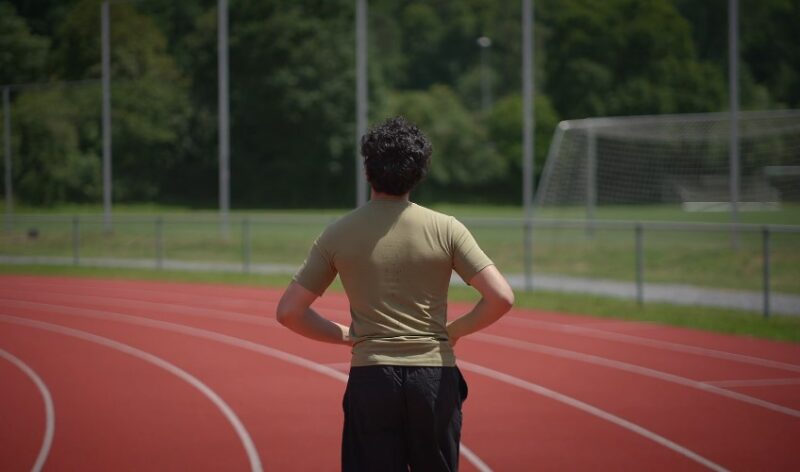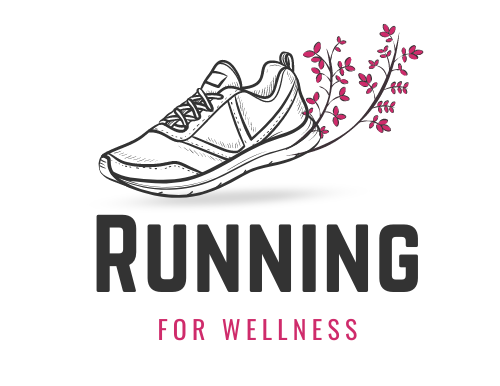For runners, weight-lifters, and other athletes, pain comes with the territory. Whether it’s so sore it hurts to stand leg day, an annoying-as-hell lower-back thing, or joints that ache from overuse, these aches can get in the way of consistent training. And consistency in the fitness world is king. So it should come as no surprise that tons of people rely on pain relief in some form, NSAIDs like ibuprofen, acetaminophen, or even natural things like CBD, to get through the day.
It’s not all about carelessness. In reality, most people take painkillers because they sincerely want to continue doing what they do best, protecting their progress and staying active. When you’re training for something in particular, be it a race or just a regular workout routine, an injury or even a nagging pain can feel like a big setback. So rather than resting, individuals often cover up the pain and continue on.
@chrisgatesfitness Painkillers and training don’t mix! #strengthtraining #painkillers #fitnessadvice #liftingweights #injured
But here is where things start to go south. As irritating as it can be, pain is your body’s wake-up call “Hey something’s not right here.” If you subdue that signal with a medication, particularly if it’s been taken prior to or during a bout of exercise, you lose the ‘pain’ but the problem itself is still there. Worse, you might make it worse by training through it.
If you’re considering something safer, such as CBD as a replacement for managing that type of discomfort, you should check real customer reviews here to see what others are doing to aid their recovery, or combat inflammation without added problem causing side effects.
NSAIDs, such as ibuprofen, relieve inflammation and also offer relief, but they also reduce blood flow to the kidneys. Add dehydration, typical for a post-workout feeling, and it can result in kidney stress, and even longer-term damage, if done repeatedly. Acetaminophen (the drug in Tylenol) has no impact on inflammation however, it can damage the liver if overused.
And there is CBD, one of the natural options we will look at further in a bit, which also provides relief without the severe side effects of pharmaceuticals.
Table of Contents
ToggleTraining on Painkillers – What You Don’t See CAN Hurt You
In theory, taking a painkiller before a workout may sound harmless, especially if it lets you move better and with less pain. But here is the reality: There is a price for pushing through pain with pills.
Let’s start with NSAIDs. These are anti-inflammatory medications in the form of ibuprofen, and naproxen that relieve pain by blocking certain chemicals in the body. Though they’re great for pain, they also divert blood flow away from vital organs, such as your kidneys. If you’re doing a long run or a particularly grueling weight training session and you’re even mildly dehydrated, you’re really putting your kidneys under siege. And in the long-run, this can cause permanent harm.
Another problem is that NSAIDs may also slow muscle repair. Some inflammation, of course, is part of the natural healing and muscle-building process. Especially immediately after training, when you shut it down completely, you may not be gaining as much as you could.
Acetaminophen isn’t any better, your liver processes it, and too much (or too often) can push this crucial organ to its limits. Even double-dosing too soon can stress the liver, particularly if you also drink alcohol or take certain supplements. The danger? Liver injury does not present symptoms early, it sneaks up on you.
Perhaps most dangerous are opioids. These are prescription medications people take for short term or long term pain. They mess with your coordination, slow down your reaction time and dull your alertness. Training on opioids is not just unsafe, but plainly dangerous. What you’re experiencing when you feel that is your body begging you for rest, not reps.
Is It Safer to Recover from Training with CBD?

As people worry more about the dangers of pharmaceutical pain killers, a rising number of athletes are turning to CBD as a safer, plant-based recovery aid.
CBD (short for cannabidiol) is one of the myriad cannabinoids found in hemp, and it doesn’t get you high like THC. Instead, it interacts with your body’s endocannabinoid system — which helps regulate pain, inflammation, and mood. For athletes, that could be safer-than-over-the-counter means to deal with soreness, joint discomfort or small injuries without compromising year-over-year health.
Unlike NSAIDs, CBD is gentler on the stomach and doesn’t damage the kidneys or liver. And unlike opioids, it will not affect your coordination, slow your reaction time or include the risk of addiction. In fact, many enthusiasts have even found a more balanced and relaxing post-workout feeling, when it matters most!
There are a number of ways to use CBD:
- Topicals (creams, balms) that can be applied directly to sore muscles or joints.
- Sublingual tinctures for systemic relief.
- Capsules or gummies for slower, longer-lasting effects.
Another benefit? Better sleep. Your body does the bulk of its recovery while you sleep, repairing muscle tissue, releasing hormones and decreasing inflammation. If CBD makes you sleep deeper and longer, that’s a huge W for athletic performance.
Once more, your mileage may vary. Be sure to select high-quality, lab-tested CBD products from reputable suppliers. And if you’re on other medications, be sure to consult with your healthcare provider before starting CBD.
Training Smarter: When to Push and When to Pause

At the end of the day, one fact remains: pain is a warning sign, not a bother. It’s your body’s plea for attention, care or rest. The more we listen to that sign rather than muting it, the more we can show up, uninjured and still on pace with our goals.
Training smart is knowing when to push through a little soreness and when to rest. If your body hurts in a sharp, sudden or increasingly painful way, it’s not simply “normal” post-workout soreness. That is a signal to rest or change the movement, not to medicate and push harder.
Here are some ideas for responsible recovery:
- Stay hydrated, especially if you are taking NSAIDs. Dehydration increases organ stress.
- Painkillers are for temporary relief, not everyone deals with pain everyday.
- Even include rest days and active recovery workouts in your plan.
- “Nourish your body with nature’s best anti-inflammatory foods: berries, dark leafy greens, turmeric, fatty fish,” Ready says.
- Consider natural aids, such as CBD, heat therapy, massage or physiotherapy.
Not only will habitual use of painkillers do a number on your performance, it can also wreak havoc on your long-term well-being.
Your fitness journey is a series of sprints and, just like running, you’re bound to find the intervals boring sometimes. Longevity is short and intense. Respect your recovery. And if you have no idea then base your next move on pain, not on the bottle in your gym bag.
Related Posts:
- Top 400 Hilarious Gym Quotes to Keep You Motivated
- How To Recover From Muscle Inflammation Without Medication
- How Can You Start a Career as a Running Coach?
- Lower Back Pain While Running? Here's What You Need to Know
- 25 Simple Running Motivation Tips To Get You Moving
- How Far Is a Half Marathon? Everything You Need to Know







